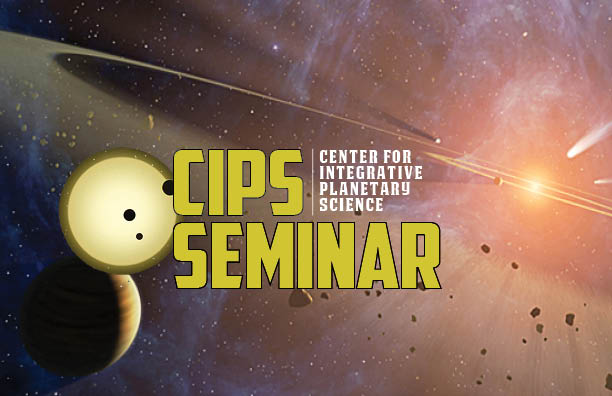`Retired’ Planet Hosts: Not So Massive, Maybe Just Portly After Lunch
Wed, February 03, 2016

Studies of the planet abundance as a function of stellar mass have shown a strong increase in the frequency of radial velocity planets around stars more massive than 1.5 times the mass of the sun, and that such stars are deficit in short period planets. These planet searches have relied on subgiant and giant stars for a sample of high mass stars, which are otherwise hostile to precision Doppler measurements while on the main sequence due to rotation and activity. However, there is now controversy as to the whether the previous mass determinations of subgiant RV planet hosting stars are robust based on population synthesis and kinematic arguments. However, even setting aside the question of the subgiant mass determinations, there is a desert of planets out to 0.5 AU in the subgiants evolved from main sequence F/G progenitors, not present in RV studies of main sequence F/G stars. It is clear that the mass distribution of main sequence radial velocity samples is insufficiently distinct from the subgiant radial velocity samples to account for the dramatic changes in planet frequency and orbital characteristics by stellar mass alone. The deficit of planets with periods shorter than 20 days around subgiant stars can be explained by the effect of stellar tides, but another explanation is required for longer periods. This desert requires a either substantial contamination by false positives of the subgiant planets or a new migration mechanism to take effect around subgiant stars evolved from 1-1.4 solar mass stars.
